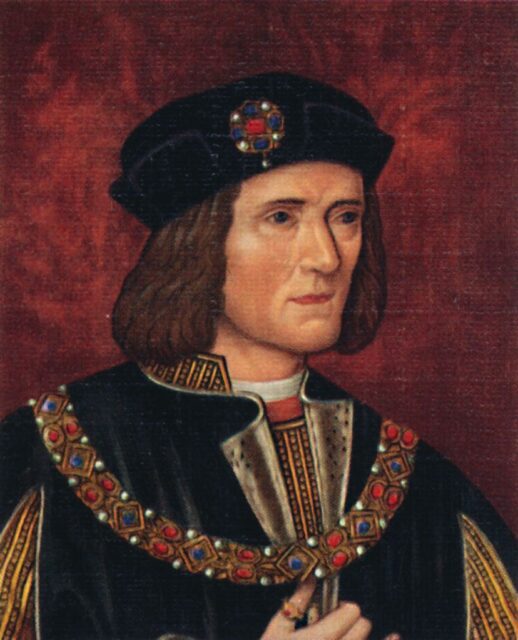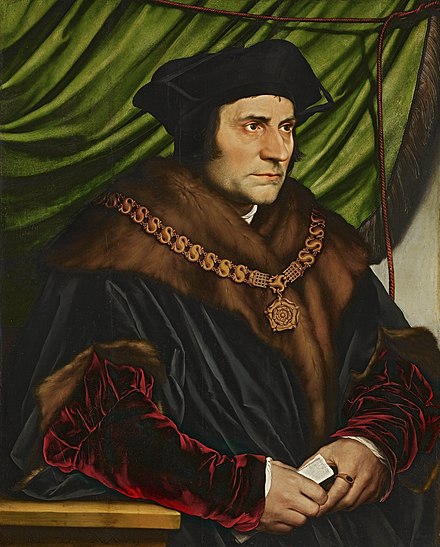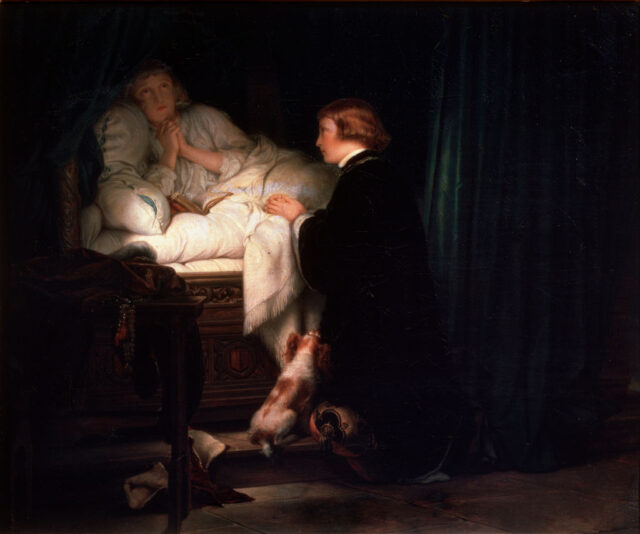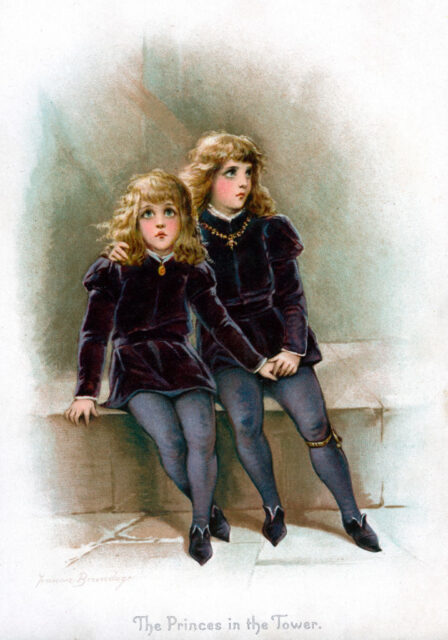King Richard III murdered the young “Princes in the Tower” in 1483… Or did he? He did – at least, according to Tim Thornton, a British academic who has published his ideas on the subject over the years. He pointed the finger at the late king of England way back in 2021, with evidence found three years later reportedly proving Thornton was right all along.
‘Princes in the Tower’

What happened to the Princes in the Tower? “The boys were declared illegitimate,” writes BBC History, “Because it was alleged that their father was contracted to marry someone else before his marriage to Elizabeth Woodville.”
Woodville was King Edward IV’s reportedly unpopular spouse. Young King Edward V of England and Richard of Shrewsbury, Duke of York, were taken to the Tower of London, supposedly for their own safety, where they were smothered, instead of protected. When the pair conveniently vanished, the path was clear for Richard, Duke of Gloucester, to take control of England.
After he himself perished in the Battle of Bosworth Field, the War of the Roses concluded and the Tudor dynasty rose up.
In the late 17th century, children’s bones were found in the Tower of London. These were the days before DNA testing, so a match to the two princes couldn’t be made. They were looked at again in the 1930s. At the time of writing, nothing has been concluded.
Tim Thornton has long been certain of Richard III’s involvement

In the journal History in February 2021, Tim Thornton, a professor at the University of Huddersfield, claimed to have uncovered a brand new revelation about the Princes in the Tower. He alleged the existence of courtiers related to one of the supposed killers demonstrates the truth behind the bloody drama.
How so? Because these courtiers were working in Tudor surroundings years later, alongside Sir Thomas More, a statesman and the future Lord High Chancellor of England. It’s More who gave rise to the idea of King Richard III as an arch villain.
The main image of Richard is of a deformed and twisted individual willing to bump off his own nephews to get to the top. William Shakespeare‘s famed play, together with the performance of Sir Laurence Olivier (and, to an extent, Peter Cook’s take in the 1983-89 series, The Black Adder) contributed to the dark impression.
What did Thomas More say about Richard III?

In 1513, Thomas More wrote The History of King Richard III. Needless to say, it was far from flattering. Within its pages lay the assertion that the king ordered the murder of future monarch Edward and his brother, Richard.
Talking about More’s book in History, Tim Thornton says the writings give “precise circumstantial detail and responsibility for the focal point of the succession crisis of 1483.” He believes the author’s access to sources that were around when the murders happened lend the text extra credibility.
Fast forward to the Tudor dynasty. With King Henry VIII on the throne, More (soon to be Sir Thomas) rubbed shoulders with the offspring of Miles Forest. Forest, together with John Dighton, are said to have carried out Richard III’s grisly instructions back in 1483.
Thornton believes More got information on the killings straight from the horse’s mouth – or, at least, the horse’s son’s mouth! “We now have substantial grounds for believing that the detail of More’s account of a murder is credible” he said.
Not that this is a historical clincher. As reported by The Daily Mail, Thornton reckons his idea “could prove” Richard’s hand was behind the deed, rather than resolve the matter. Plus, Forest and Dighton are just two suspects in a raft of theories and scenarios.
Tim Thornton claims to have uncovered even more evidence

Fast forward to December 2024, when Tim Thornton, once again, made news after claiming to have found new evidence that proves his theory that King Richard III was behind the Princes in the Tower mystery.
Thornton claims to have found mention of a chain belonging to Edward in the will of the sister-in-law of one of Richard’s trusted servants, Sir James Tyrell. The document, written by Margaret Capel some 33 years after the princes’ disappeared, has Thornton claiming that the “balance is shifting towards” the controversial monarch’s guilt.
“The identification of the chain is significant as powerful men of that time wore collars or chains made out of precious metals as expressions of their identities,” Thornton told the BBC. “These chains would have carried symbols or badges of their associations and loyalties and of who they were, so this is a very personal possession of the King, clearly identified as his and it is in the hands of Margaret Capel.”
In the will, Capel wrote that the chain was to be left to her son, but it makes no mention as to how the item came into her possession. As it was a royal chain of office, it was forever attached to Edward, so how it came to be away from him raises suspicions.
“There are various possible reasons for the chain passing into the hands of Capel family,” Thornton explained. “Some are neutral or benign, perhaps part of a process of dispersing the goods of the princes once their status had changed. But the connection with Sir James Tyrell adds to the probability that the two boys had died in the way that has traditionally been described.”
Are there any other suspects?

Another person believed to be responsible is House of York defender Sir James Tyrrell – yes, the very James Tyrrell who served under King Richard III and who was married to Margaret Capel. He supposedly confessed under torture, a detail noted by none other than Sir Thomas More.
Confusingly, this was long before he wrote his account that named Miles Forest and John Dighton!
The Daily Mail says More’s take wasn’t reliable, “due to the fact Sir Thomas was five years old when the ‘Princes in the Tower’ scandal occurred.” Tudor propaganda is cited as one reason behind the blackening of Richard’s name. Tim Thornton doesn’t believe this.
More from us: He is the Third King Charles. Who Were the Other Two?
Want to become a trivia master? Sign up for our Today In History newsletter!
Richard’s story came to an end in the unlikely setting of a Leicester car park in 2012. His remains were unearthed beneath ticket machines, triggering an argument between the East Midlands city and Richard-supporting York over who got to keep him. The controversial monarch could start a fight even when long dead, it seemed. Leicester won that particular battle.
